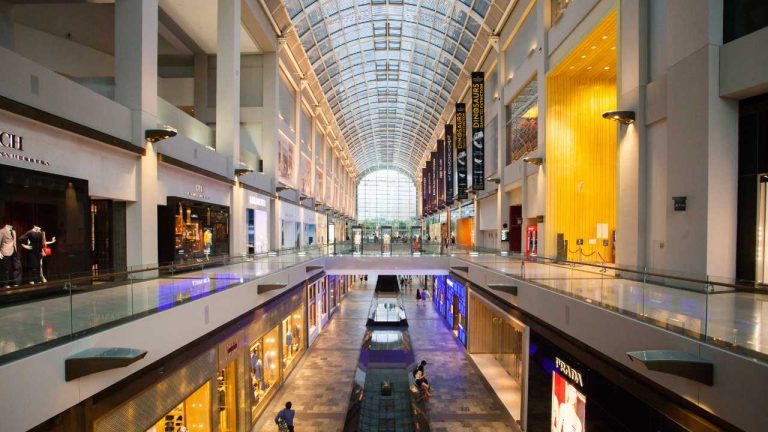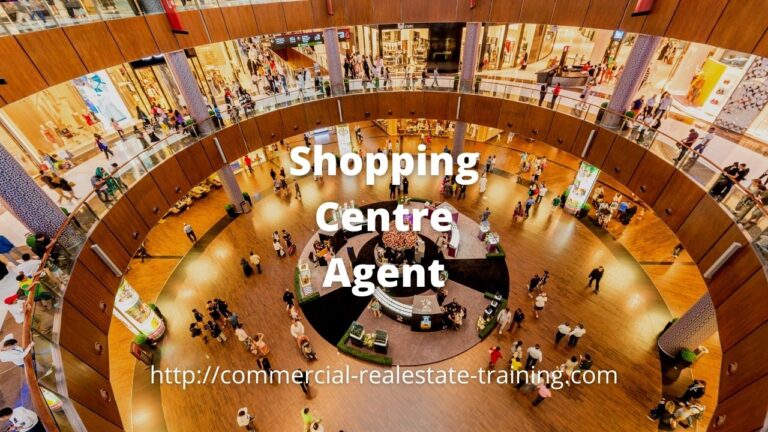How to Appraise Shopping Center Opportunities
When you manage, lease, or own a retail shopping center, the property evaluation process is quite important. Each year as part of the property business plan you can update the property review and see what has changed. (NB – you can get our retail and commercial property training here)
You can see where things may be headed for the property as an investment. From that process you can make small adjustments that improve the property in significant ways.
Understanding a Retail Property and its Variables
Regular property evaluations allow you to shift your priorities in asset performance across the leasing, tenancy mix, income generation, and expenditure. That can be a good thing as you strive to maintain tenancy occupancy and customer interest.
A neglected retail property will soon decline financially and physically thereby impacting both the tenants and the landlord as customers move to other retail locations. Don’t let that happen.
Your competitors in retailing will always be assessing your retail property and seeking to attract your customers and your tenants to their property. Good tenants are in short supply, so other retail property managers and leasing people will be on the lookout for proven retail businesses that they can relocate.
The Retail Evaluation Process
So here are some evaluation factors to look into as you undertake this retail process:
- Marketing spend – Look at the current marketing fund for the property and the annual spend per unit of shopping center area. Every successful retail property will have a marketing budget; that budget should be well directed into the promotions that attract customers and convert sales. Compare your retail spend on an annual and quarterly basis to other properties of similar size and type.
- Tenant mix – The tenants in your tenant mix will experience pressures in retailing. Some tenants will be better than others when it comes to retailing. Your job is to resolve the weaknesses in the tenant mix on the basis of sales and customer interest.
- Competing retail properties – Check out the nearby retail properties that could be drawing customers away from your property. Look at their tenants, vacancy factors, and marketing strategies. Are there things happening with those elements of property performance elsewhere that you can learn from?
- Anchors and specialty tenants – Within your property there will be relationships and factors of synergy between the anchor tenant(s) and the specialty tenants. Customers will be drawn to the property for the overall offering and retail tenant mix. How can you improve the tenant synergies and relationships?
- Vacancy factors – You have to expect some vacancies in a retail property over time. You can plan for those vacancies through business planning the lease expiry dates and the lease options. You can also establish some rules to your lease negotiations so that any new lease will be negotiated through certain levels of market rents and incentives.
- Lease documentation – Check out the leases in the retail center, because there will be differences to find and manage. There may be a standard lease approach to a retail property but all leases will be unique to the tenant and the premises. Look for the differences and see how they can impact your cash flow, occupancy, and tenant mix performance. Leases can also impact the clustering strategies that you are applying to the property.
- Appearance – Shoppers and tenants see things as they move in and around the property. They will compare your property to others. The presentation of the property will be a direct reflection of the maintenance spend or budget and the maintenance routines applied to the asset. You will lose customers if you neglect the appearance of the property.
- Market rentals – Noting the differences in gross and net rentals for your retail property type, how do your market rents compare locally? More importantly, are your rents increasing or declining? There will be patterns to see and address.
- Outgoings – The outgoings for a property will form part of the cash flow influencing the tenants and the landlord. The outgoings will form part of the rental structure through either a gross rental or a net rental. On that basis the recovery of outgoings should be considered and planned as part of the lease strategy for the property on an annual basis. Look at the market rentals in similar properties, and then understand how your rentals and outgoings compare. If your outgoings recoveries are too high, it will have an impact on your lease strategy and vacancy outcomes.
- Turnover per unit of area – If you are collecting the sales figures from your retail tenants, you will be able to track and measure retail sales per merchandise group. You can then see what tenants are thriving versus those that are struggling. You can then implement a tenant improvement process and weed out the underperforming tenants at the next lease expiry or negotiation.
- Customer base – Know your customers and what they are thinking. You can do that through a series of customer surveys. In a major shopping center it is wise to undertake such surveys on an annual basis to stay ahead of property performance issues and customer perceptions.
So there are some good things that you can do here with evaluating retail property performance. You can assess a retail shopping center using these elements or factors of performance; you can then make changes to stay ahead of shopping pressures and customer interests.





